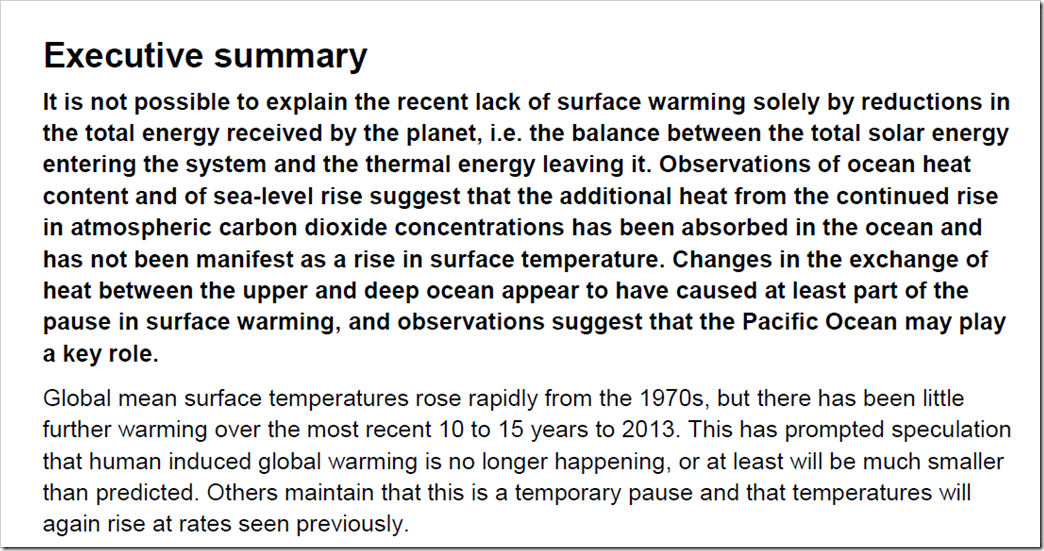by H.S. Sterling, June. 16, 2024 in WUWT
We hear a lot in the mainstream media about massive ice loss in Antarctica and how it may radically increase sea level rise. The West Antarctic ice sheet and ice on the Antarctic peninsula are in decline, with some massive glaciers threatening to break off; however, conditions there are not the same as for the vast bulk of the continent. First, the subsurface geothermal/volcanic activity that is driving much of the melting in West Antarctica is not affecting the vast bulk of the continent. And the shifting ocean oscillations, which affect the continent’s climate as a whole, have a much greater, more direct impact on the Antarctic peninsula, the northern-most part of the continent, a relatively narrow spit of land surrounded by oceans and beset be clashing currents.
The conditions of the sea ice around Antarctica don’t matter in the sea level equation. Sea ice changes dramatically each season, waxing and waning with the seasons and the currents. For the limited period for which we have consistent measurements, Antarctica’s sea ice has set new records for extent and for low levels during the most recent period of climate change. Neither, however, impact sea levels since floating ice doesn’t displace water.
NASA reported in 2015 that because East Antarctica, which makes up the bulk of the continent, was adding ice and snow, Antarctica as whole may, in fact, be gaining ice on net, implying it could be modestly taking away from sea level rise rather than adding to it. At least from 1992 to 2015, when the report was published.
…









